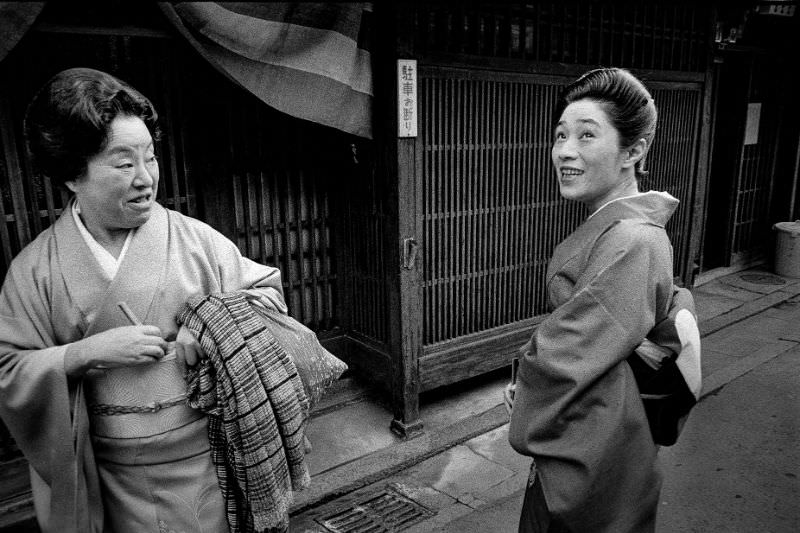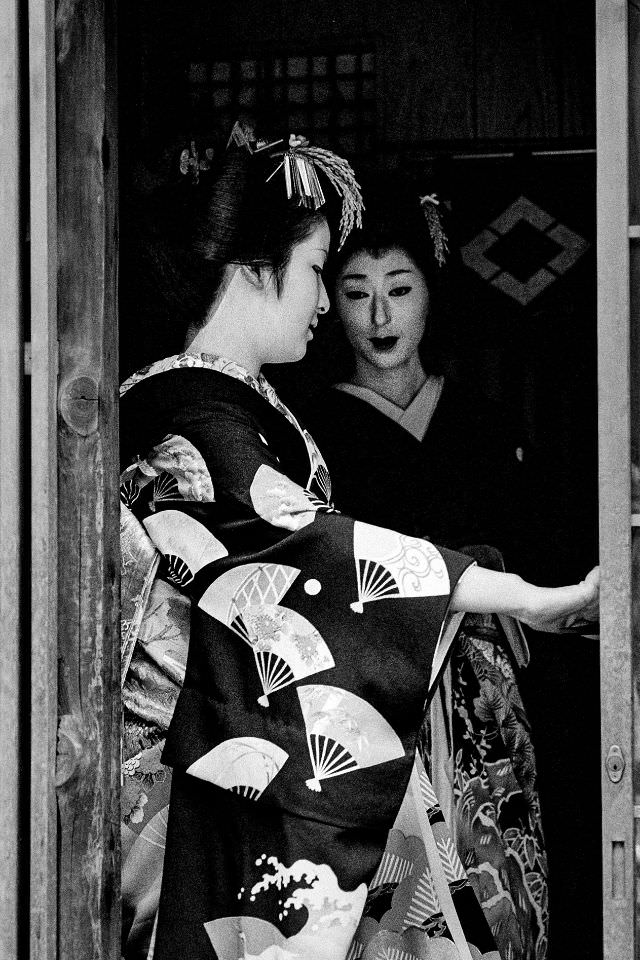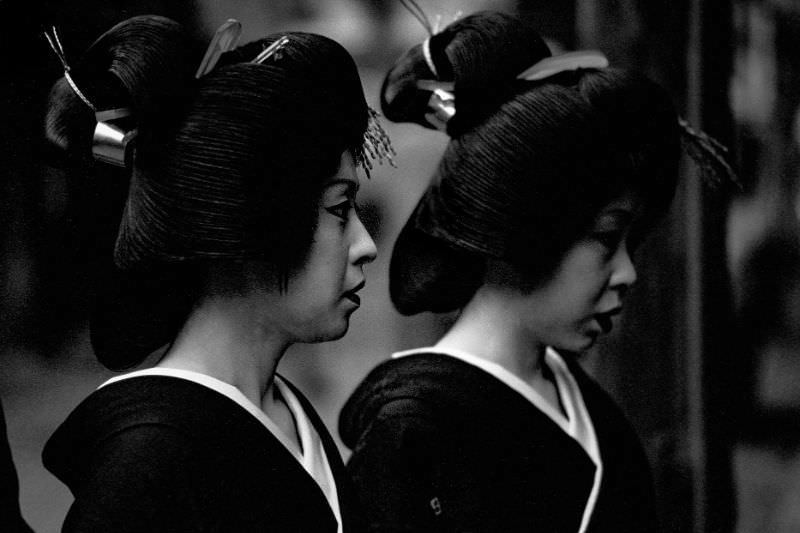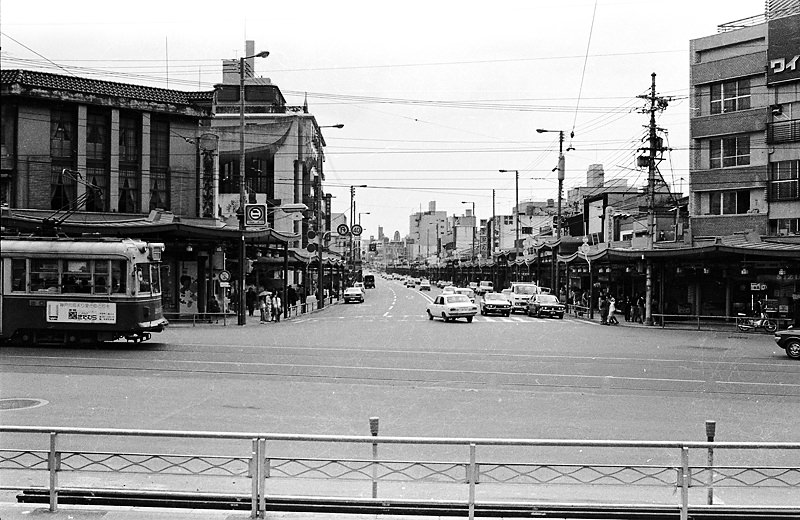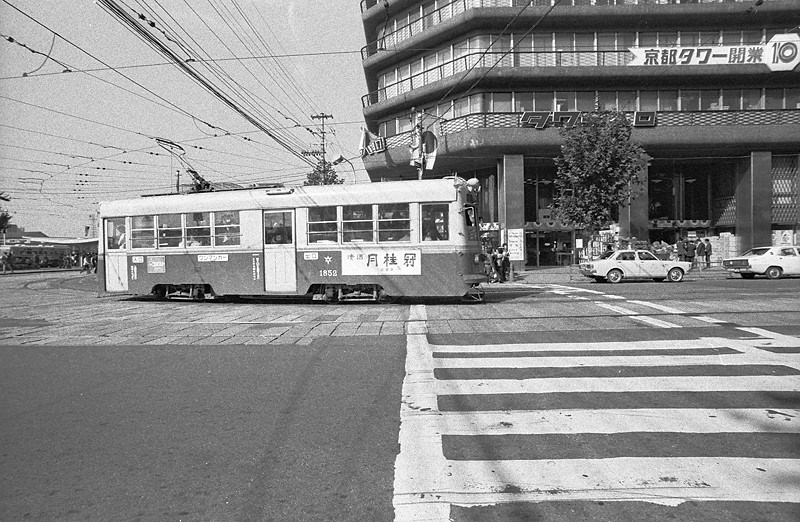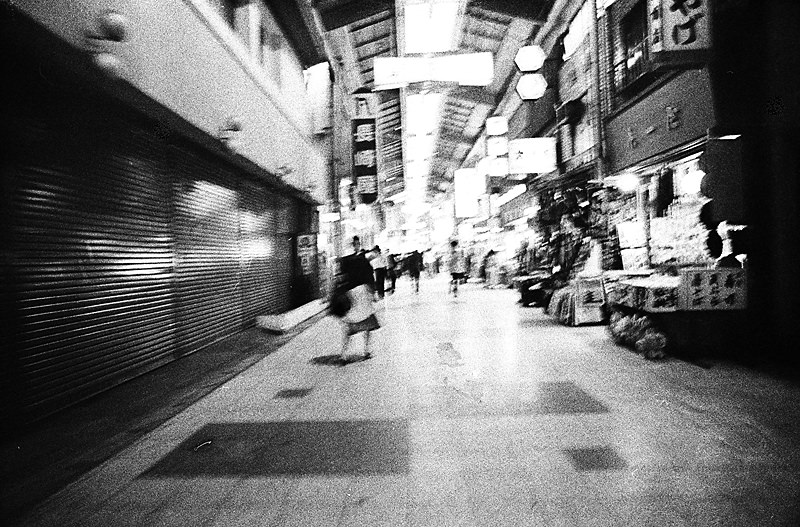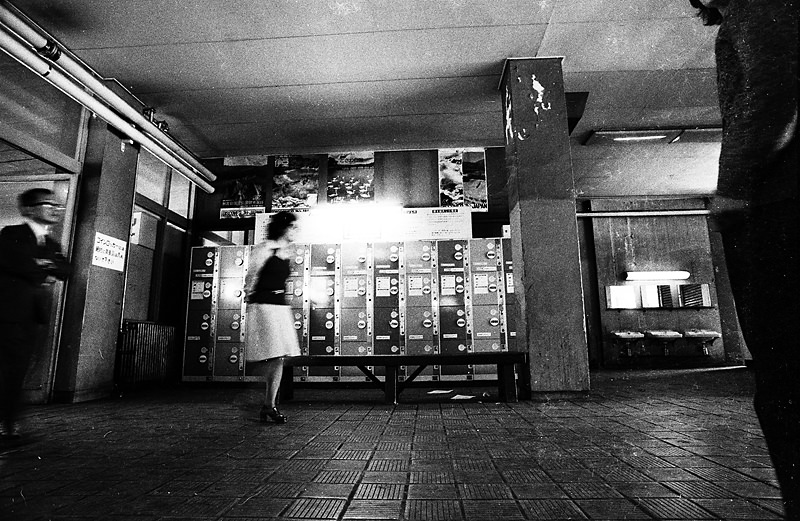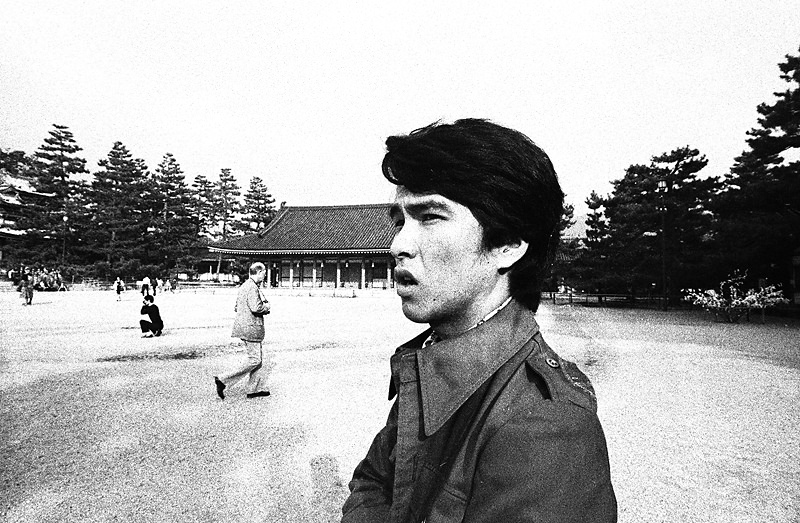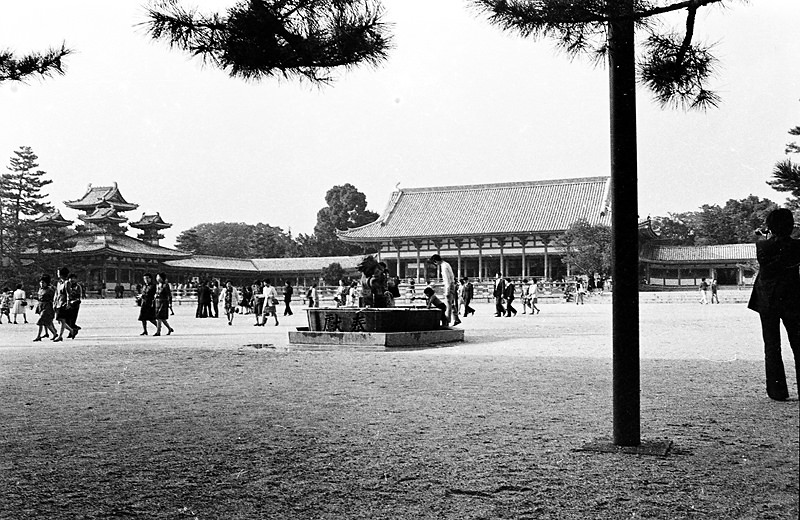Kyoto in the 1970s was a city on the brink of transformation. While it had always been known for its ancient temples, shrines, and traditional architecture, the ’70s saw the city modernizing at an unprecedented pace. Even so, Kyoto managed to maintain its unique charm and sense of history. Here are some highlights and fascinating tidbits from the Kyoto of yesteryear:
Today, I’m taking you on a groovy trip back to the 1970s to explore Kyoto – a city that has long been the heart of Japan’s rich history and cultural heritage. So, dust off your bell bottoms, grab your favorite pair of platform shoes, and boogie our way through Kyoto in the ’70s! And to transport you back in time, I’ve gathered some vintage photos from that era for you to check out.
The Rise of Pachinko Parlors
During the 1970s, pachinko parlors began popping up all over Kyoto. Pachinko, a popular Japanese game that crosses pinball and slot machines, became a favorite pastime for many Kyotoites. You’d find people from all walks of life, young and old, enjoying this addictive game in the brightly lit and cacophonous parlors.
Read more
Traditional Tea Houses and Modern Cafes
The ’70s saw a unique blend of old and new in Kyoto’s food and beverage scene. While traditional tea houses continued to serve matcha and Japanese sweets in serene settings, modern cafes began to emerge, offering Western-style coffee and pastries. It wasn’t uncommon to see a centuries-old tea house nestled beside a trendy new cafe, creating an interesting juxtaposition that remains a hallmark of Kyoto to this day.
The Birth of the Kyoto International Conference
Center Kyoto further solidified its reputation as an international city with the opening of the Kyoto International Conference Center in 1966. The futuristic, avant-garde design of the building, created by architect Sachio Otani, made it a symbol of the city’s embrace of modernity. The center hosted numerous high-profile events in the ’70s, including the 1970 World Expo and the 1978 G7 Summit.
In 1978, Kyoto got its first taste of the subway with the opening of the Karasuma Line, which made it even easier for locals and tourists to explore the city. Today, it may seem like second nature, but back then, this modern mode of transportation marked a significant step towards the future for the ancient capital.
Geikos and Maikos
A Constant in a Changing World Even as Kyoto modernized, the city’s Geikos and Maikos remained constant. Though the number of women pursuing this traditional profession had dwindled since the Taisho Period, the ’70s saw a renewed interest in these skilled performers. Tourists and locals alike continued to be captivated by their artistry, and they remained an integral part of Kyoto’s cultural fabric.





